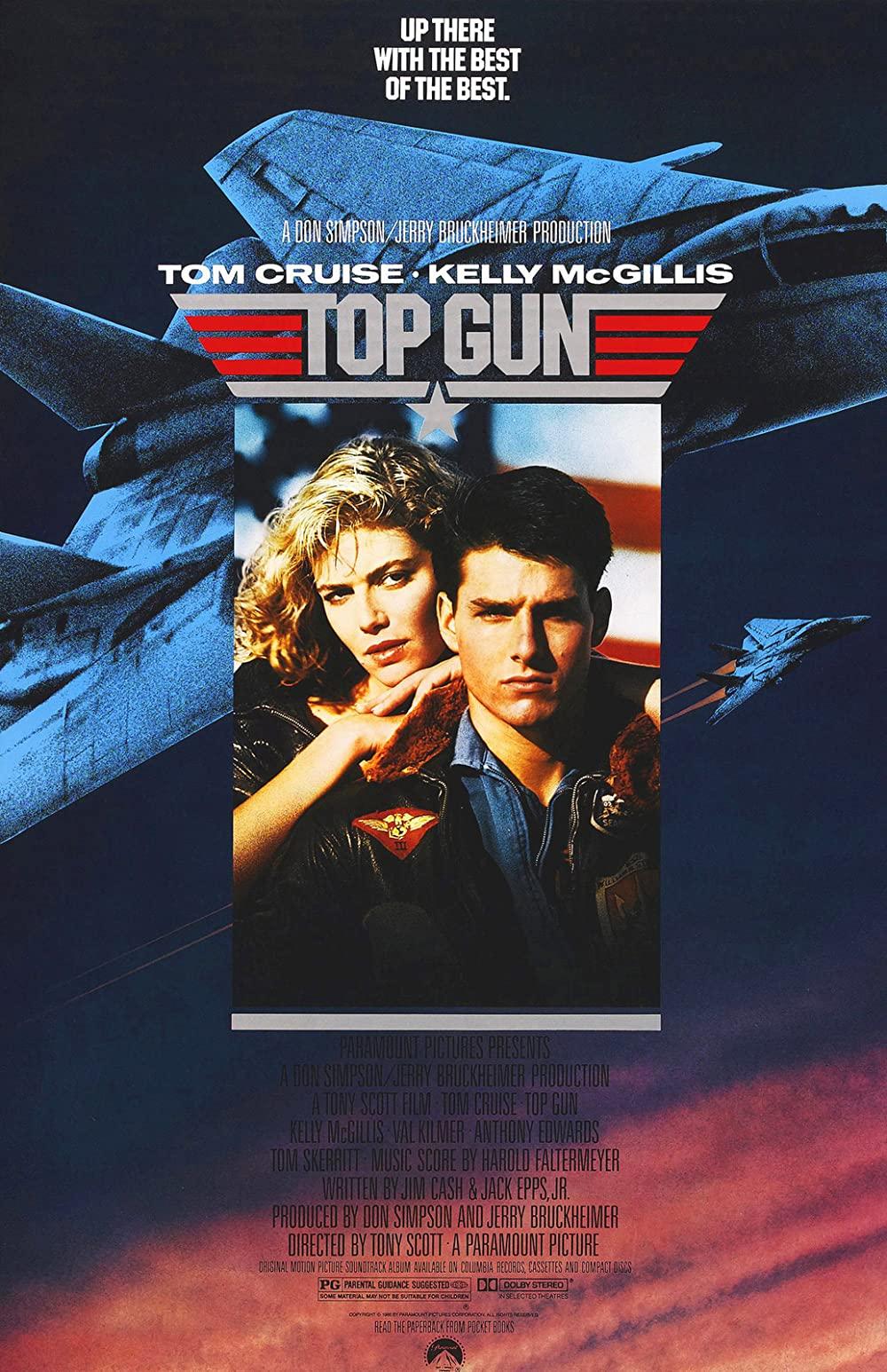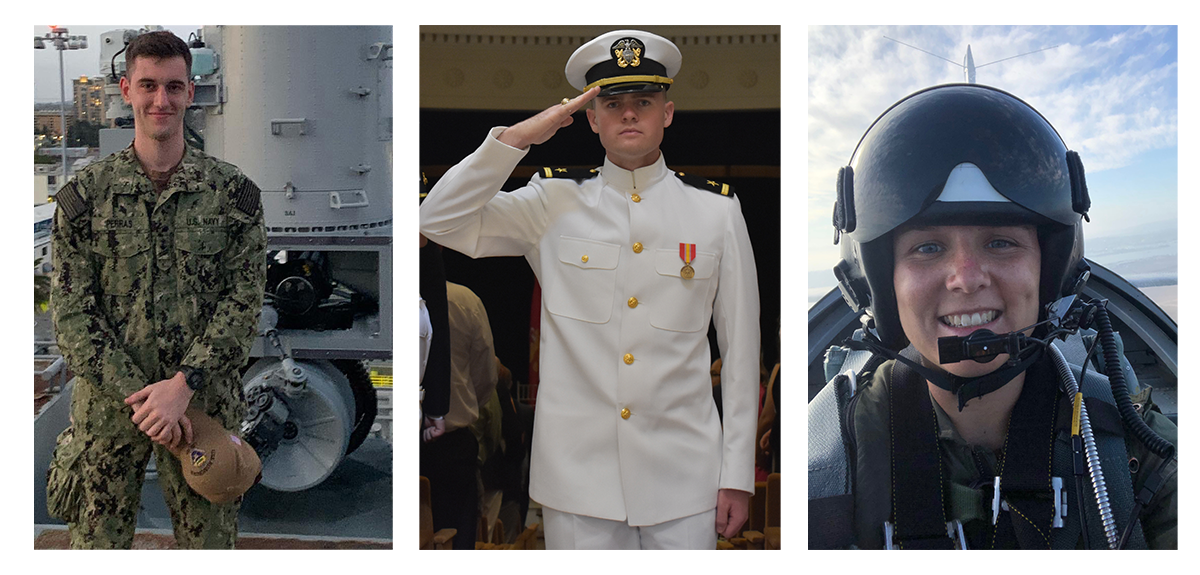The Adrenaline Zone
Winnefeld recalls the adrenaline rush from his fighter pilot days. His blood would pump fast while landing his F-14 on a moving aircraft carrier in the complete darkness of a cloudy night. He also recalls the same feeling at times later in his career while making decisions as commander of an aircraft carrier or briefing the president on special operations.
Winnefeld’s latest project, “The Adrenaline Zone,” is a podcast that interviews people who have taken physical, financial, emotional, or reputational risks. And with those risks comes plenty of adrenaline. He and co-host Sandy Magnus, a professor of the practice and graduate of the School of Materials Science and Engineering, have already featured an adrenaline-fueled jet pilot, race car driver, and country music star Tim McGraw.
What exactly is adrenaline and how does it play a factor in decision-making and performance?
According to Scott Moffat, associate professor in College of Sciences‘ School of Psychology, an adrenaline rush is a state of high arousal and high anxiety triggered by something that the brain evaluates as dangerous. Two processes occur in response to that arousal. The first is the adrenaline hormone releasing from a particular part of the adrenal gland called the adrenal medulla. This hormone is released into the bloodstream and causes increased heart rate and higher glucose consumption – it gets your body ready for the state of high arousal.
“Depending on the situation, some people will label this state of high arousal as being fearful or anxiety-provoking, or even panicking,” Moffat said. “However, some people almost enjoy it and thrive under these conditions.”
The second response, Moffat explains, is often described as the stress response. It’s a slower response that also comes from the adrenal gland in the release of a hormone called cortisol. Its goal is to reduce the response of the immune system to prepare one’s body for energy utilization.
Moffat says that people respond to an adrenaline rush in different ways.
“The people who thrive under an adrenaline rush can see their performance enhance when accomplishing a task, especially if they’re an expert in that task,” Moffat said. “But the adrenaline rush will have the opposite effect for those who find the conditions more stressful, potentially causing them to enter a state of panic.”
Winnefeld found an adrenaline rush to be mostly useful in the cockpit.
“If channeled properly by a calm mind, adrenaline can really help a person focus intently on a problem,” Winnefeld said. “When landing on the ship, I would tell myself to get into a heightened state of complete concentration for the next five minutes. You must calm yourself down because getting stressed out can quickly lead to failure.”
Winnefeld has high expectations for the new “Top Gun: Maverick” film that will begin its theatrical run on May 27th.
“I’ve heard terrific things about the film from those who have previewed it, and look forward to seeing it in a theater at the earliest opportunity,” Winnefeld said.

 Lifestyle4 weeks ago
Lifestyle4 weeks ago
 Celebrity news4 weeks ago
Celebrity news4 weeks ago
 Celebrity news3 weeks ago
Celebrity news3 weeks ago
 celebrities2 weeks ago
celebrities2 weeks ago
 Celebrity news4 weeks ago
Celebrity news4 weeks ago
 celebrities3 weeks ago
celebrities3 weeks ago
 celebrities3 weeks ago
celebrities3 weeks ago
 Celebrity news4 weeks ago
Celebrity news4 weeks ago
























